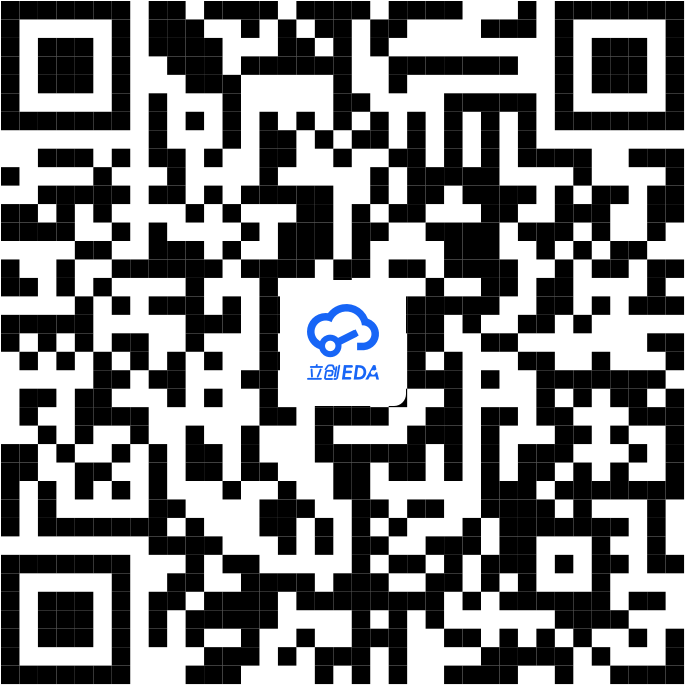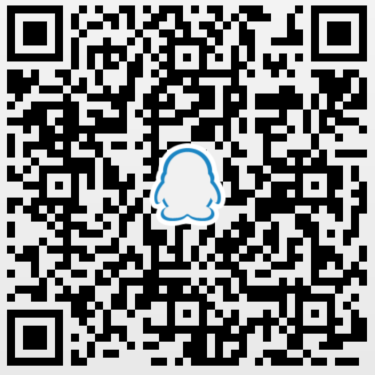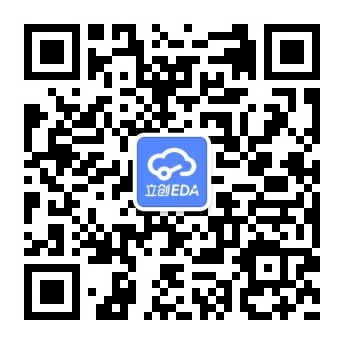© 2024 EasyEDA Some rights reserved ISO/IEC
Editor Version
×
recommended

Pro Edition

 Brand new interactions and interfaces
Brand new interactions and interfaces
 Smooth support for design sizes of over 3W
Smooth support for design sizes of over 3W
devices or 10W pads
 More rigorous design constraints, more
More rigorous design constraints, more
standardized processes
 For enterprises, more professional users
For enterprises, more professional users



Std Edition
 Easy to use and quick to get started
Easy to use and quick to get started
 The process supports design scales of 300
The process supports design scales of 300
devices or 1000 pads
 Supports simple circuit simulation
Supports simple circuit simulation
 For students, teachers, creators
For students, teachers, creators


Ongoing
STD Webastardo V3.0
Webastardo V3.0
License
Public Domain
License: Public DomainMode:
Mode
Editors' pickEditors' pick
- 3
Update time:
2023-05-30 10:03:39
Creation time:
2022-12-31 11:25:42
Description
Description
Code here: https://github.com/SimonRafferty/Webasto-Heater---Replacement-Controller/tree/Webastardo-V3
##NOTE## In this version, you must insulate the Glow Plug MOSFET from the heater - or it won't work!
The main improvement from V2 is it now uses the original glow-plug in the heater as a 'Flame Detector'.
The resistance of the glow-plug changes with temperature from around 04 Ohms at room temperature to 0.6 Ohms when the heater is running and up to 1.6 Ohms when the glow-plug is powered (red / white hot).
Measuring small resistances is non trivial. The way the original heater does it is with a 1 Ohm shunt resistor, measuring the voltage across the shunt when the glow-plug is powered briefly. It's only powered long enough to measure, not to allow it to heat appreciably.
I tried this originally, but found the signal was very noisy! Not impossible to clean up - but it gave too many errors for comfort.
This version, instead, uses a Hall-Effect Current sensor (ACS712) to measure the current flow directly without a shunt. The output is still noisy, but much less so & within the scope of cleaning it up in software.
I've also changed from a Feather M0 to a Feather M0 WiFi - which allows for control / monitoring via a web interface. There's a simple web server included in the code - but it's much too slow. In time, I'll re-write that bit to use the fast Asynchronous Web Server library.
In the mean time, I'm using Blynk (google for it!) which has a few advantages! It's a free, hosted service designed for IOT type applications. The fact that it's hosted on the web means you can control the heater from anywhere - you don't need to be on the same network. It allows 2-Way data so you can monitor as well as control the heater. It has a nice mobile app - so you can control the heater from your phone.
The main down-side is you need to design your own UI in the app. The code sends the following data as 'Virtual Pins'. You can assign these to gauges, labels, charts etc to display the reading.
V40 -> burn mode (0=Off, 1=Startup, 2=Running, 3=Shutdown)
V41 -> Ignition Failure Count
V42 -> water temp degrees C
V43 -> exhaust temp (not a 'real temp, just a calculated indication)
V44 -> fan speed %
V45 -> Fuel pump speed Hz
V46 -> glow time remaining
V47 -> seconds since start
V48 -> water pump speed %
It also responds to the setting of these virtual pins. You can assign them to a button / switch in the app
V50 -> Heater On/Off (0 / 1)
V51 -> Purge Fuel Pump (0 / 1)
Blynk involves a little learning curve to use the app - but it's pretty easy. The free version doesn't allow me to share my user interface, otherwise I would!
You might notice I've added a honkin' big diode across the power rails. This is only because I noticed the OE controller has one, and I had some lying around. It worked fine before without it though. Only add if you feel inclined. I guess is kills some transients and offers some reverse polarity protection (it will blow the fuse). You never know, it might save some swearing when you wire it up wrongly when you're drunk - just sayin'.
Design Drawing
Design Drawing
schematic diagram
(
1
/
)
PCB
(
1
/
)
The preview image was not generated, please save it again in the
editor.
BOM
BOM
Project Members
Project Members
Related Projects
Change a batch
Loading...
Comment
Add to album
×
Loading...
reminder
×
Do you need to add this project to the album?









